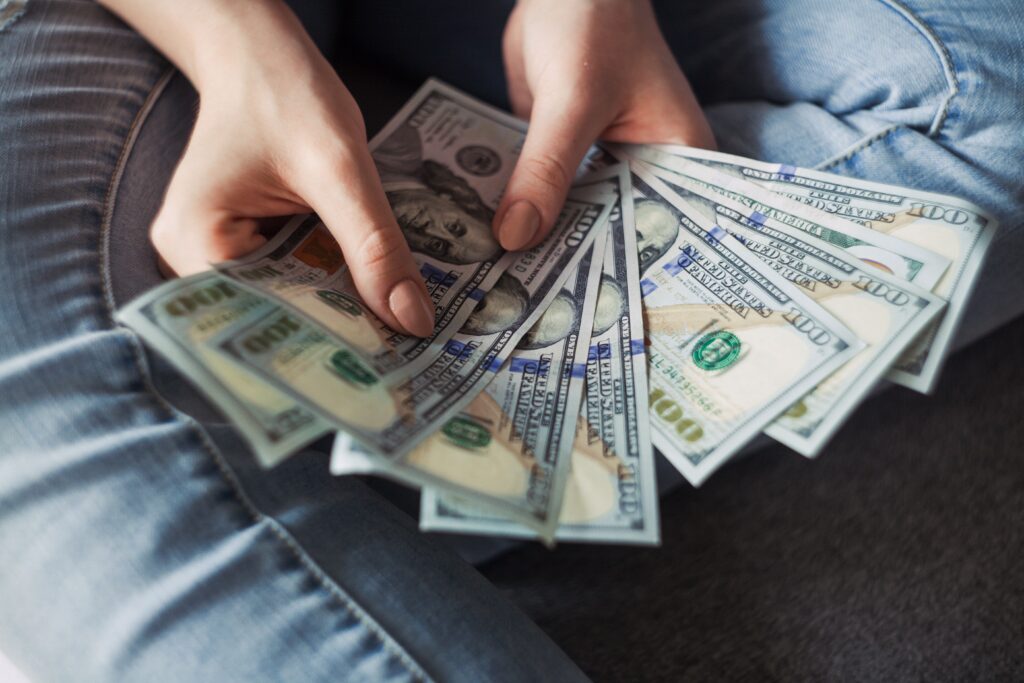
*This post was originally written a year ago but I sadly forgot to publish it, so here it is now, with a few corrections to reflect this~
Was it a good deal?
When you ask this question you might be wanting to know what is your ROI (Return on Investment. I look at ROI as a generic way to say you are looking for how well you did. In various sectors of investments, they call it different things. To find out how good the deal was, the most obvious way it to make a generalization of how much profit you will get for an arbitrary investment, which is why these figures are usually given as a ratio (percentage). You made $1,000 but what if you would have invested $200,000 or $155,000? The way to do that is to take your profit and divide it by the investment amount.
($1,000 / $100,000 ) * 100% = 1%
This is what we in real estate call Cash-on-cash Return. Cash-on-Cash Return is the ratio of your profit to the cash investment you put in to purchase the asset. Because it is a percent, there is no time-frame associated with it, but we usually do the calculations over a year to have enough time evaluated so we can get an accurate estimate of the amount.
If you recall from the IRR series, as we look forward longer and longer, we need to factor in some correction for how money loses its value over time. At this point, the Cash-on-Cash return starts to lose its value to us. For instance, in our scenario, you made 1%. Unfortunately, due to inflation, the purchasing power of $101,000 is really the same as $98,000 was a year ago. By this metric, you made a bad investment. But that is not the whole story.
But what about holding costs?
Right. Recall from the Capitalization Rate post that you also purchased a security system to protect your $100,000 gold investment. You got a deal and the system was free but it costs you an ongoing $50 per month, or $600 per year. So, assuming at 1% return, it really cost you $100,600 to realize a return of $101,000 after 1 year. Your cash-on-cash return is really
($1,000 – $600) / $100,000 = 0.4%
I’m going to drop the ‘x 100%’ part of the equation from here on out for simplicity’s sake.
The Cash-on-Cash Return is your income minus expenses divided by the amount of cash you had to invest in the deal.
But what if I get the bank to help me?
That’s a great question. And that is where the Cap Rate starts to fail. It doesn’t take into account Debt Service (what you have to pay back to get a loan). As you get the bank to invest more and more, the $100,000 cash you put in gets less and less. If you had gotten a loan at 75% LTV (Loan-to-Value, how much the bank puts in as a percentage of the total purchase price), you would have only put in $25,000 cash and the bank would loan you $75,000. Your monthly debt service is $500. Think about how that would affect your cash-on-cash return. You put in less cash, so it would go up, right? It can, but not as much as you may think. Sometimes it goes down. You have to factor in what you have to pay back to the bank. That is what we call your debt service. Now, your equation looks like this:
($1,000 – $600 – $500 * 12) / $100,000 = -6.5%
You took a loss that year because you only made $1000 in profit, but you paid $600 in security system fees and $3,000 in debt service. This tells you that borrowing money from the bank to purchase gold that increases in value 1% year over year is a very, very bad deal. You lose 6.5% of your investment in the first year alone! I do understand that you gold collectors out there will loudly tell us that gold has risen more than that in the past fifteen years. You would be correct, and if you can predict that you are better off putting your money in gold rather than real estate, and I would like your phone number. The truth is, you have the same amount of control over the price of gold as you do with stocks.
One last little quirk: What happens if you use creative financing and don’t have to put in any of your own money? Then you get a meaningless equation, where you divide by zero:
($1,000 – $600) / $0 = undefined
But that makes sense: you can’t have any return on your cash if you don’t put in any of your cash. But you still can have a return, right? So, we need to have another way of evaluating the deal.
As we showed above, using the bank is not always a good idea. Various deals and investors will have very different ways of financing the same property. Some will find that the bank is very helpful with their deal, others will find that using the bank causes the return to go down so much that the deal becomes bad. As such, it is difficult to get that apples-to-apples comparison if we factor in how we financed the deal. That is why the Cap Rate is used so much.
Ultimately, the Cash-on-Cash return needs to be another tool in your toolbox of ways to evaluate a deal.

